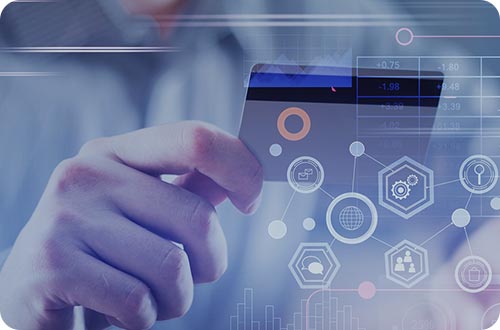As organizations evolve, they experience multiple changes to both the business and technology models. The nature of these changes varies from incremental refinement to adopting a completely new model. We often see that the organizational structure of people, processes and tools often fails to keep up with these changes and becomes outdated over a period of time. This creates ‘Legacy’ assets.
It becomes imperative then to assess these legacy assets and ‘modernize’ them to meet current and future business needs. We believe that a Legacy Modernization scope should not be restricted to just technology assets, but also should look at business processes and people skills. Our Legacy Modernization service offering is based on this comprehensive approach and offers the following services.

Portfolio Assessment
We use our proprietary portfolio assessment framework to understand the business and technology goals and collect data about the processes, applications, infrastructure and people skills. This includes discussions with key stakeholders, gathering data through available documentation, and in some cases collecting data by doing reverse engineering. The result of this exercise is to document the current state and compare it with a specific jointly defined maturity model to identify the gaps and pain points. The result clearly links the current state to the defined business metrics such as cost, time to market, productivity etc.

Future State Definition
In this phase we jointly define a maturity model to establish metrics which should be accomplished by the future state. Once these metrics are defined, our experts define the future state process, architecture and required skills to migrate and support the future state. The future state solution falls in one these 4 methodologies:
Refactoring – Optimize/enhance current codebase, infrastructure, processes, skills. Small to medium effort (less than 6 months).
Reengineering – Migrate to new technology/architecture by rewriting code, significant change in process or adoption of new process, new skills coaching for current resources. Medium to high effort (6 to 18 months).
Re-hosting – Change the underlying platform in addition to reengineering. High effort (more than 18 months).

Migration Roadmap Definition
Based on the future state definition and after balancing stakeholder needs, we define a migration roadmap to provide incremental business value. In order to tackle the technology risks in an ascending fashion, we usually do a pilot to prove the future state and then do refinements required in the future state and/or the approach.

Migration
This is the design and development phase where our teams work with client teams to deliver the migration milestones and final product. We use Agile methodology and automation tools, if appropriate, to reduce the time to market and keep the overall delivery costs and time low.



